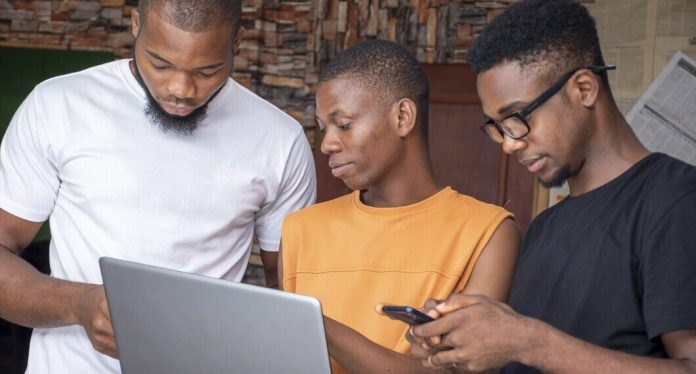The International Telecommunication Union (ITU) reports that 5.5 billion people are online in 2024, representing an increase of 227 million compared to the previous year. Despite this progress, the ITU’s Facts and Figures 2024 report highlights the enduring digital divide, especially in low-income countries where access to the Internet remains a significant challenge.
Global Connectivity Gaps
The report shows that 68% of the global population now has Internet access, while 2.6 billion people—approximately one-third of the population—remain offline. The disparity between high-income and low-income countries is particularly stark, with 93% of the population online in wealthier nations compared to just 27% in the poorest countries.
“This year’s findings reveal two contrasting digital realities,” says ITU Secretary-General Doreen Bogdan-Martin. “The most vulnerable groups are being left behind, missing out on critical opportunities for education, employment, and access to vital information. True progress means ensuring everyone moves forward together.”
Key Insights from the Report
The ITU report outlines several notable trends in global Internet usage:
- Urban vs. Rural: Urban areas see significantly higher Internet penetration (83%) compared to rural areas (48%). Of the 2.6 billion offline individuals, 1.8 billion reside in rural regions.
- Gender Gap: Globally, 70% of men use the Internet compared to 65% of women, with the disparity more pronounced in least-developed countries (LDCs).
- Youth Connectivity: Young people aged 15–24 have the highest connectivity rates at 79%, compared to 66% among the overall population.
- Cost Challenges: Although Internet access is becoming more affordable, affordability remains a barrier in low-income nations, where fixed broadband can cost nearly a third of the average monthly income.
- Mobile Ownership: Around 80% of people aged 10 and above own mobile phones globally, but ownership drops to 56% in low-income countries compared to over 95% in high-income economies.
- 5G Accessibility: While global 5G coverage reaches 51% in 2024, only 4% of people in low-income countries have access, compared to 84% in wealthier nations.
Urgent Call to Close the Gap
Cosmas Luckyson Zavazava, Director of ITU’s Telecommunication Development Bureau, emphasizes the need for swift action to bridge the divide. “The world is moving too slowly toward universal Internet access. We must intensify efforts to eliminate barriers and ensure meaningful connectivity for everyone.”
Nigeria’s Digital Efforts
In Nigeria, a country with over 200 million people, the Nigerian Communications Commission (NCC) reports 132 million active mobile Internet connections as of September 2024. However, due to individuals using multiple SIM cards, the actual number of connected individuals may be less than 100 million.
To address the connectivity gap, the Nigerian government is implementing a nationwide fibre optic project. This initiative involves laying 90,000 kilometres of fibre cables to expand broadband infrastructure, improve access, and enhance digital inclusion across the country.














